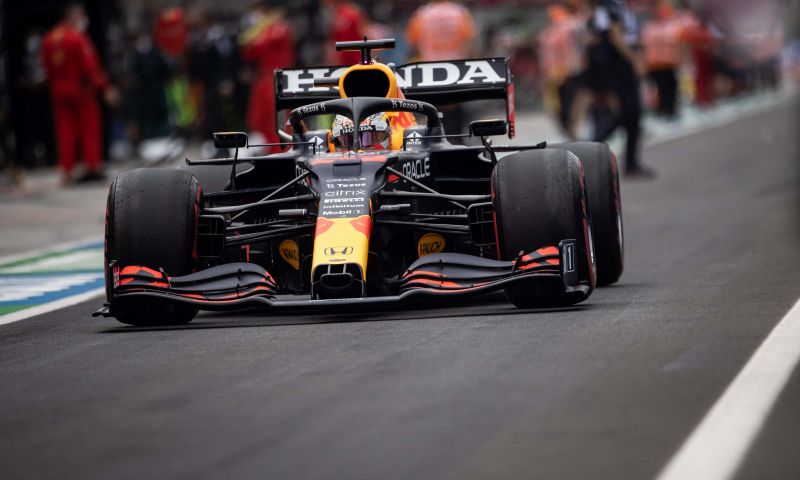This is how Verstappen used sim racing to his advantage after Silverstone crash
F1 News

- GPblog.com
Many a Formula 1 fan was pleasantly surprised to see Max Verstappen back on the grid in Hungary after his huge crash at Silverstone. He even had time to participate in the virtual 24 hours of Le Mans in between the two weekends, something that according to the director of Team Redline gave the Dutchman the confirmation that he could race again in Budapest.
Atze Kerkhof, top executive at Team Redline, explains in conversation with Motorsport.com how Verstappen used the physical challenge of sim racing to gauge his fitness and recovery after his 51G impact on Silverstone. "What's important for Max in the sim is that he maintains pretty much the same braking technique as on the real circuit. He wants to be able to hit the pedal with roughly the same force," Kerkhof said.
The director continued: "Heusinkveld's sim pedals can be set to 130 kilos [of force], which means that you have to push away 130 kilos with your left leg to brake at the maximum. In reality, almost nobody does that. But Max has his brake pedal really stiff. And if you then drive a long race, it is of course a good physical test."
Confirmation
"It's not that sim racing is terribly physical or that a two-hour stint in the sim is incredibly tiring," Kerkhof nuances, "But what was a good verification for Max was that in his seating position, which is fairly similar to the real car, he could comfortably push away 100 kilos with his brake pedal for two hours, without his back suffering or experiencing any weird pains. So the sim race confirmed to him that his knee and ankle were fine."

